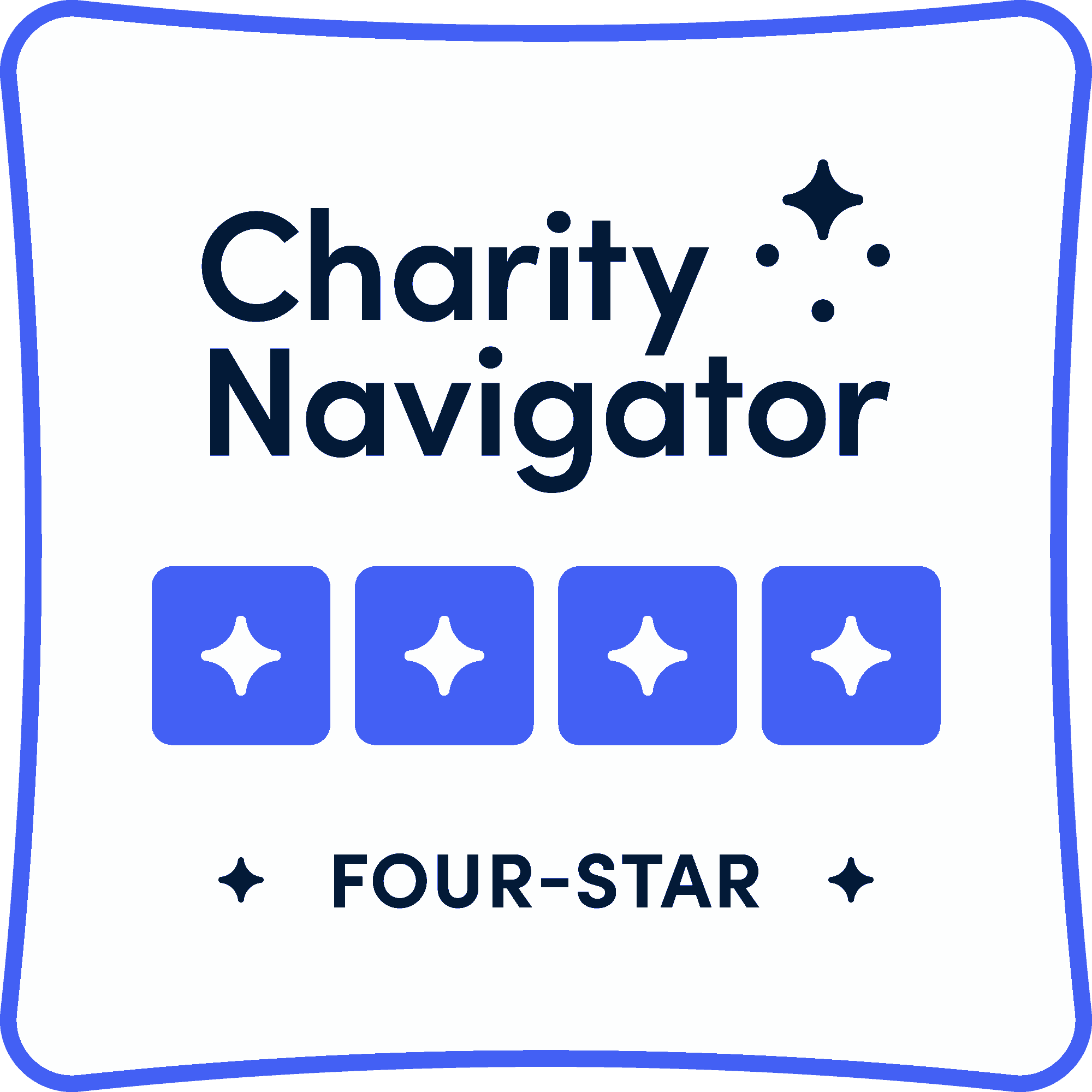
Community and Impact Investing
Community investing directs capital to communities underserved by conventional financial institutions -- helping people who are under-resourced due to systemic inequity begin to build generational wealth.
Invest In My Future

Community investing directs capital to communities underserved by conventional financial institutions -- helping people who are under-resourced due to systemic inequity begin to build generational wealth.
Community investing directs capital to communities and people underserved by conventional financial institutions. It helps lift these communities economically through financing projects such as:
- Access to healthy food, education, or childcare
- Job creation
- Start-up funds for small business
- Affordable housing
- Community centers
Community investors may also seek to build sustainable neighborhoods through initiatives such as energy efficiency, renewable energy, parks and green space, recycling and composting, bike lanes and sidewalks, public transit, and transit-oriented development.
Community investing helps people and communities who are under-resourced due to systemic inequity begin to build generational wealth. It provides people and organizations with tools to improve the quality of life for themselves, their families, and their communities.
Options for Community Investing
Community investing can be done by both institutional and individual investors. Institutional investors and high-net worth investors have a few more options, but individual investors have plenty of options in two categories: cash-equivalents and fixed-income, or investments that pay a set level rate of return.
Community Development Banks and Credit Unions
If you have money at a community development bank or credit union, then you are a community investor. The mission of these banks and credit unions is to invest in their communities.
When you open a checking or savings account, certificate of deposit, or money market account with a community development bank or credit union, you are helping them support projects that build healthy communities – and your accounts are federally insured up to $250,000.
An example is Hope Credit Union’s Transformational Deposit, used to build financial health for families across the deep South through homeownership, entrepreneurship, education, health, climate resiliency, and more in one of the nation’s most economically distressed regions.
You can find a community development bank or credit union in your area on Green America’s Get A Better Bank map. Other resources include:
- Opportunity Finance Network’s Community Development Financial Institution (CDFI) Locator (search for bank or credit union)
- Inclusiv, an organization of community development credit unions
Community Development Loan Funds (CDLFs)
Community development loan funds are a special type of CDFI that provides low-cost financing to businesses, organizations, and individuals in underserved communities. When you invest in a CDLF, you may be helping a developer build affordable housing or helping a first-time entrepreneur start a local business.
Examples include:
- Local or state pooled funds such as the Chicago Community Loan Fund, California Community Vision, or New Hampshire Community Loan Fund. Terms vary; look for these funds in your area.
- BlueHub Capital's BlueHub Loan Fund, which provides capital to high-impact community development projects in 25 states and Washington, DC. Contact them at invest@bluehubcapital.org.
Investments in CDLFs usually start at $1,000. Interest rates are at or below market, and your money may be tied up for one to three years. These loan funds are not federally insured, but they use grant money and loss reserves to help protect individual investors.
You can find a CDLF in your area from Opportunity Finance Network’s CDFI Locator – search for Loan Fund and the area served.
Impact Notes
Besides federally designated CDFI loan funds, other organizations also offer pooled funds that support community development. One of the oldest is Calvert Impact’s Community Investment Note, which allows investors to start with as little as $20, with returns of 3.5% to 5%.
Since its inception in 1995, the Community Investment Note has raised over $3 billion from 20,000 investors to fund small business, renewable energy, affordable housing, sustainable agriculture and more. In 2023, Calvert Impact introduced the Cut Carbon Note to finance energy efficiency and renewable energy in commercial buildings, with the goal of measurably reducing carbon emissions.
Other examples of pooled funds include:
- CNote’s Flagship Fund, which works through CDFIs to support small business, affordable housing, and sustainable growth. 4% return, no minimum investment, 30-month term with quarterly liquidity options.
- Capital Impact Investment Notes, which has invested $3.3 billion in community health centers, charter schools, healthy food retailers, and affordable housing developers nationwide. $1,000 minimum, fixed interest rates, terms up to 20 years.
- Local Initiatives Support Corporation (LISC) Impact Notes, which finance community and economic development projects in 37 cities and 2400 rural counties in 49 states. $1,000 minimum, fixed interest rates, terms of 1 to 15 years.
- RSF (Regenerative Social Finance)'s Social Investment Fund, which provides loans that help businesses and nonprofits address the world's most urgent challenges. $1,000 minimum, available in 47 states, 100% repayment rate since its 1984 inception.
- Climatize, an online platform that allows anyone to invest as little as $10 in a renewable energy, energy efficiency, battery, or EV project, with interest return up to 10% annually.
Green Bonds and Notes
A bond is issued by a government, company, or bank to raise money for specific projects. By purchasing a bond, the investor is essentially lending money to the issuer, which will pay back the principal with interest over a set period of time.
Green bonds are a subset of bonds used to finance environmental and sustainability projects such as renewable energy, energy efficiency, recycling, clean public transit, or parks, trees, and green space.
The World Bank issued the first green bond in 2008; by 2024, it had issued $52.4 billion in green bonds. Total green bonds sales reached a record $571 billion in 2024, while sales of all sustainable bonds reached $1 trillion for the second time.
The Green Bond Principles were established in 2014 to guide how green bonds can be spent, the process for selection, management of proceeds, and reporting requirements. The Climate Bonds Initiative has standards for certifying green bonds.
An example of a green bond available to individual investors is the Connecticut Green Bank’s Green Liberty Notes. The bank has held 13 offerings of Green Liberty Notes, which can be purchased for as little as $100 – essentially crowdfunding clean energy and energy efficiency investments.
Impact Investing
Community investing can be thought of as a type of impact investing. According to the Global Impact Investing Network (GIIN), impact investments are “investments made with the intention to generate positive, measurable social and/or environmental impact alongside a financial return.”
Impact investing is defined by four elements:
- Intentionality. The investor’s intention is to have a positive social and environmental impact.
- Investment with return expectations. Impact investments are expected to generate a financial return on capital.
- Range of return expectations and asset classes. Impact investments financial returns range from below market to market rate, and investments can be made across asset classes.
- Impact measurement. A hallmark of impact investing is the commitment to measure and report social and environmental performance, ensuring transparency and accountability.
Impact investing can be done anywhere, but it is often thought of as investing in developing countries. It is often measured through the United Nations Sustainable Development Goals of addressing poverty, hunger, public health, education, gender equality, clean water, clean energy, and more.
An example of international impact investing is Shared Interest, founded in 1994 as an investment vehicle to reverse apartheid’s legacy of race-based economic inequality in South Africa. Shared Interest has catalyzed $131 million in lending through South African banks to almost 2.3 million Black entrepreneurs, farmers, and microfinance institutions. Investments start at $3000.
Green America is not an investment adviser, nor do we provide financial planning, legal, or tax advice. Nothing in our communications or materials shall constitute or be construed as an offering of financial instruments or as investment advice or investment recommendations.




